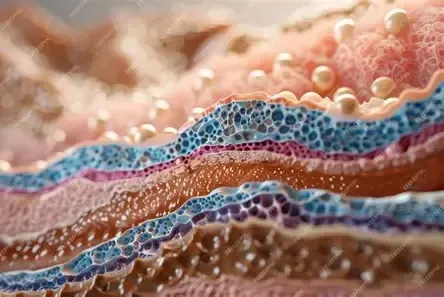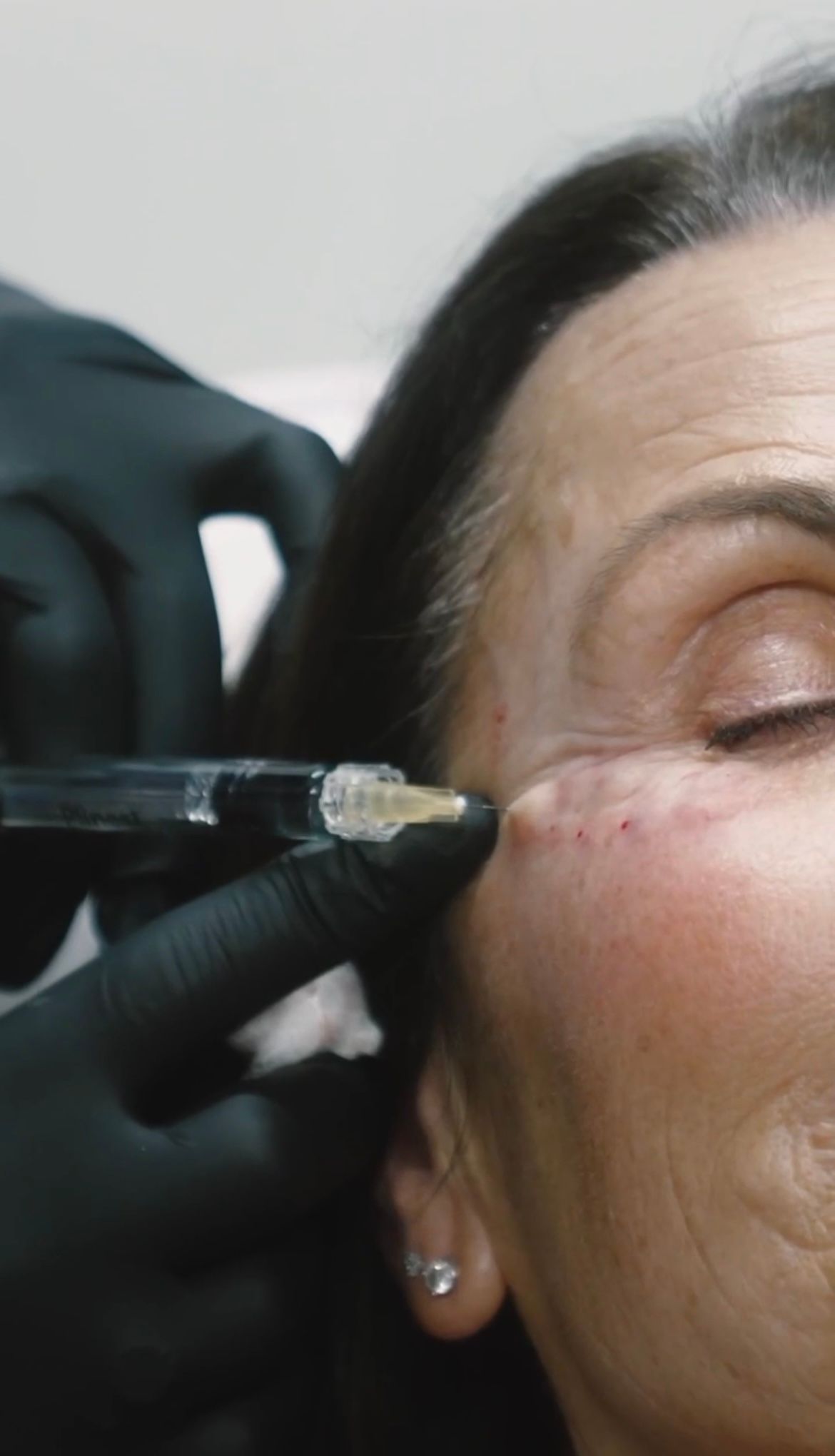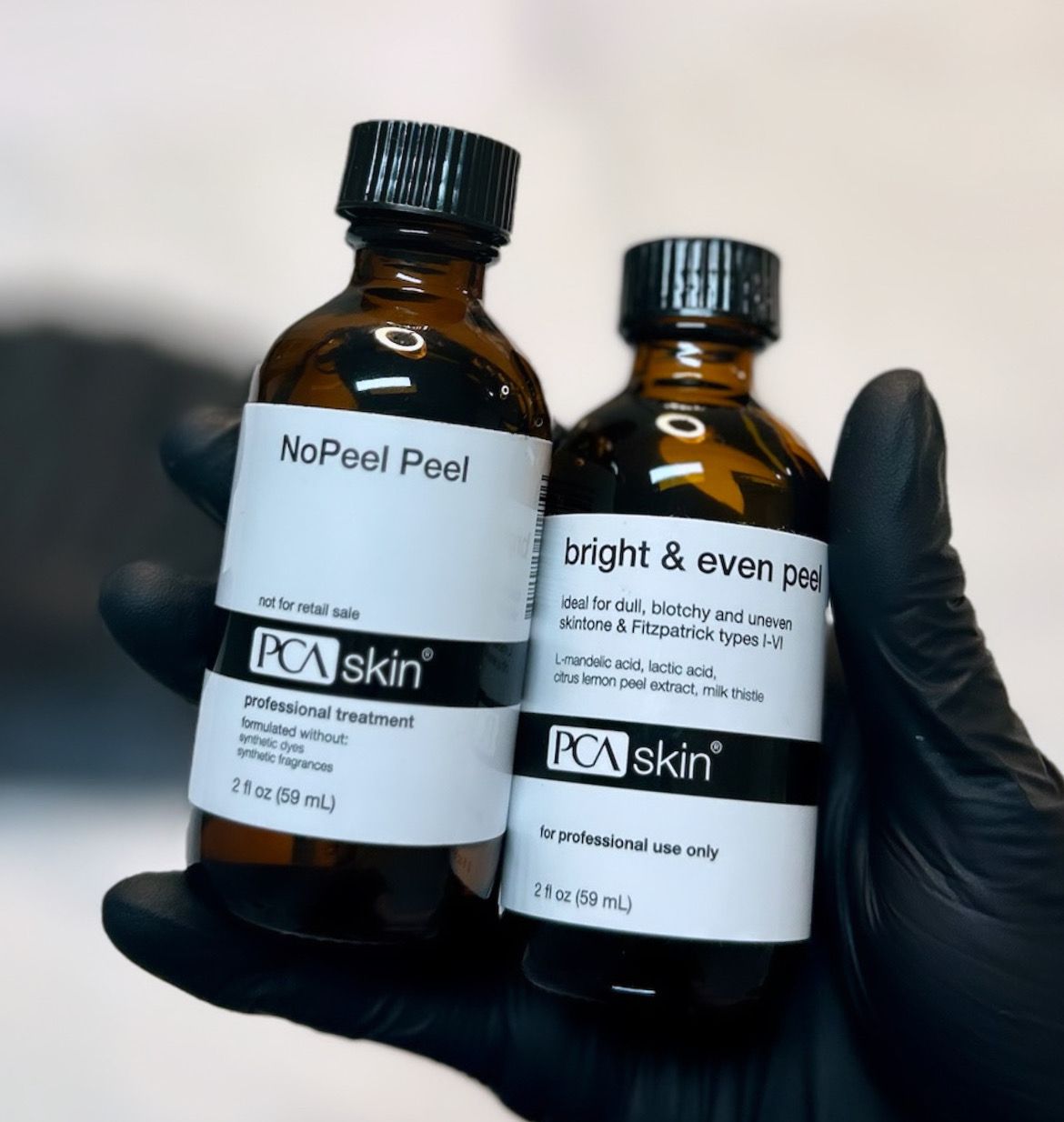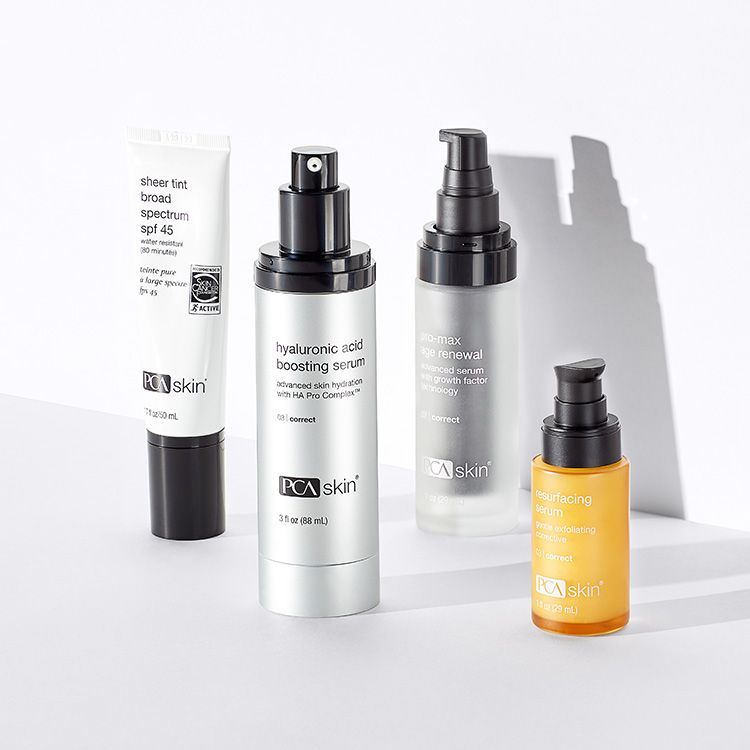Skin cancer - What to look out for
Skin Cancer Awareness
There are two main types of skin cancer, non-melanoma skin cancer and melanoma skin cancer. Non-melanoma skin cancer includes basal cell carcinoma (BCC), squamous cell carcinoma (SCC) and some other rare types. Melanoma is a type of skin cancer that develops from cells called Melanocytes.
Non-melanoma skin cancers develop most frequently on skin that is exposed to the sun. These forms of skin cancer have positive outcomes and can be cured easily with minor surgery if treated early enough.
The most common type of skin cancer is BCC, and it most often develops in areas of the skin exposed to the sun including the head, face, ears and neck. Basal cells are a form of keratinocyte found in the epidermis, the basal layer is where all normal skin cells come from and where basal cell cancer comes from.
SCC also progresses from keratinocytes in the epidermis, this type of cancer progresses in the cell layer just above the basal layer.
Melanoma is a different type of skin cancer which progresses from skin cells called Melanocytes. Melanocytes make a pigment called melanin; this gives the skin its colour. This pigment helps protect the skin from UV radiation/sun.
Melanoma can start anywhere on the skin but most commonly starts from moles. It can also start on an area of normal skin, on the hands or soles of the feet, or under the nails.
UV radiation from the sun and sunbeds is the major environmental factor that increases melanoma risk however there are also other factors contributing to risk which includes skin type, hair and eye colour, moles and a positive family history of melanoma.
Moles
Moles are small, coloured spots on the skin and are common amongst most people. People are born with moles, but they can also develop in children and teenagers, they tend to fade as we get older and can become darker in pregnancy.
For examining changes in skin lesions an ABCDE approach is a useful and simple method to assess for any signs that may present a risk of malignancy.
Asymmetry, assess for changes in symmetry of the skin lesion, a new asymmetry is suggestive of malignancy.
Border irregularity- assess the borders of the skin lesion, are they well defined? New poorly defined borders are suggestive of malignancy.
Colour variation or changes- asses the colour of the lesion, note if the colour appears consistent throughout. The presence of multiple colours within a single lesion is suggestive of malignancy.
Diameter- assess for changes in diameter, has it been growing in size? Progressively enlarging skin lesions particularly those over 6mm in diameter are suggestive of malignancy.
Elevation/evolution- assess for new elevation of the lesion, any bleeding, exudate, or itching can be suggestive of malignancy.










